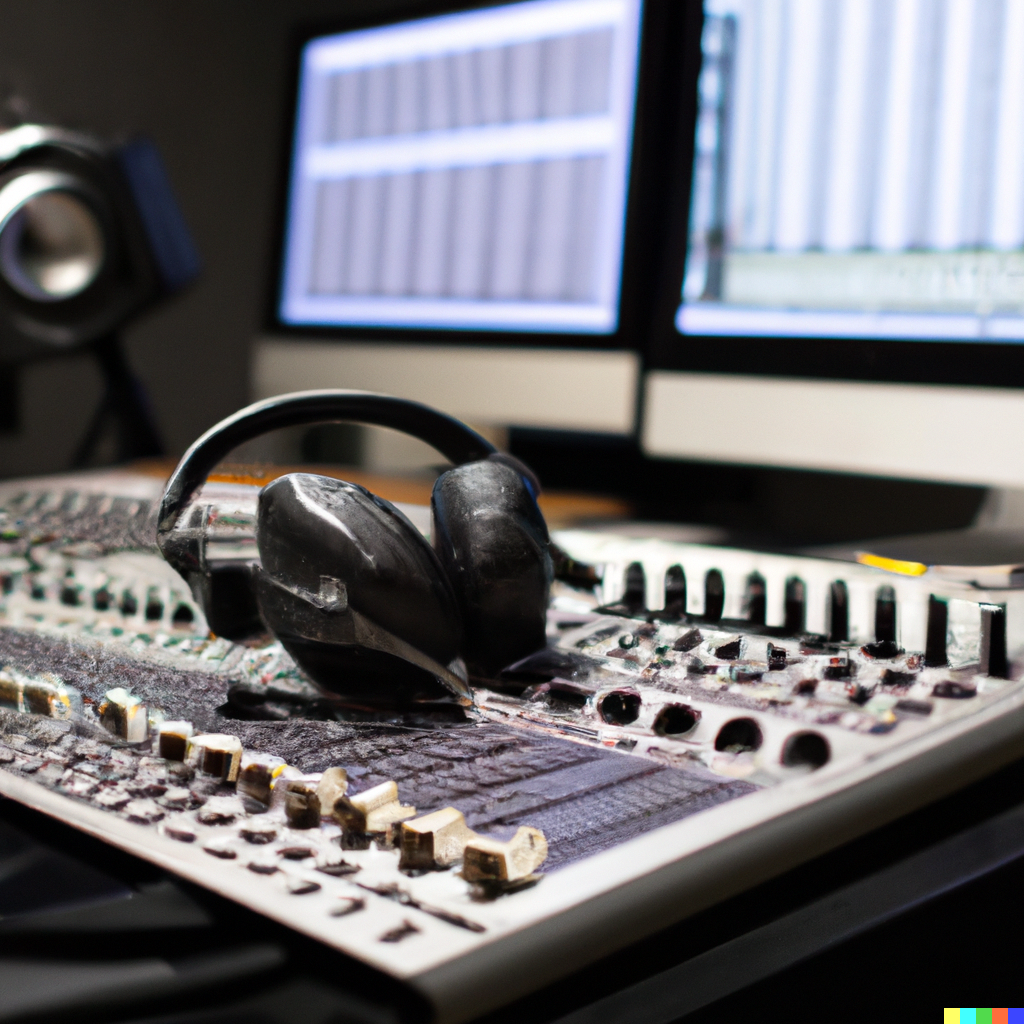
Sound Recording Facilities: A Comprehensive Guide to Setting Up a Home Studio
In today’s music industry, having access to a quality recording facility is essential for musicians and producers alike. However, not everyone has the budget or the resources to book expensive studios or rent out space. That’s where setting up a home studio comes in handy. In this article, we’ll go over the essential equipment needed to set up a sound recording facility at home, as well as some tips for optimizing the space and creating high-quality recordings.
1. Introduction
The benefits of having a home recording studio are numerous. It provides you with a dedicated space to create and record your music, without worrying about time limitations or external distractions. Plus, it saves you money in the long run as you won’t have to pay for studio time or equipment rentals. But before you can start recording, you need to set up your home studio correctly.
2. Essential Equipment for Home Recording
The first thing you need to set up a home recording studio is equipment. Here are some essential pieces of equipment you’ll need:
2.1 Computer
A computer is the backbone of any home studio. It’s where you’ll record and edit your music, as well as store your files. Make sure your computer has enough RAM and processing power to handle the demands of recording software.
2.2 Digital Audio Workstation (DAW)
A DAW is software that allows you to record, edit, and mix your music. There are many options available, such as Ableton Live, Logic Pro, and Pro Tools. Choose one that suits your needs and budget.
2.3 Audio Interface
An audio interface is a device that converts analog audio signals into digital signals that can be processed by your computer. It also provides a way to connect your microphones and instruments to your computer.
2.4 Microphone
A microphone is the most important piece of equipment in your home studio. It’s what captures the sound of your voice or instrument. There are many types of microphones available, such as condenser, dynamic, and ribbon. Choose one that suits your needs and budget.
2.5 Studio Monitors
Studio monitors are specialized speakers designed for accurate playback of recorded audio. They’re an essential part of any home studio setup, as they allow you to hear your recordings with clarity and precision.
2.6 Headphones
Headphones are an alternative to studio monitors. They allow you to listen to your recordings without disturbing others around you. Choose a pair that has a flat frequency response, meaning it doesn’t enhance any frequencies over others.
2.7 Cables and Stands
You’ll need various cables to connect your equipment together, such as XLR cables for your microphones and instrument cables for your guitars and keyboards. You’ll also need stands to hold your microphones and monitors in place.
3. Optimizing Your Home Studio Space
Once you have your equipment, it’s time to set up your home studio space. Here are some tips for optimizing your space:
3.1 Room Acoustics
The acoustics of your recording space are critical for the quality of your recordings. Ideally, your room should have minimal echo and reflection. You can achieve this by placing acoustic treatment, such as panels or diffusers, on the walls and ceiling.
3.2 Recording Booth
If you’re recording vocals or acoustic instruments, you’ll need a recording booth to isolate the sound. You can purchase pre-made booths or build one yourself using acoustic panels.
3.3 Desk and Chair
You’ll be spending a lot of time in your home studio, so it’s essential to have a comfortable and ergonomic desk and chair
Leave a Reply